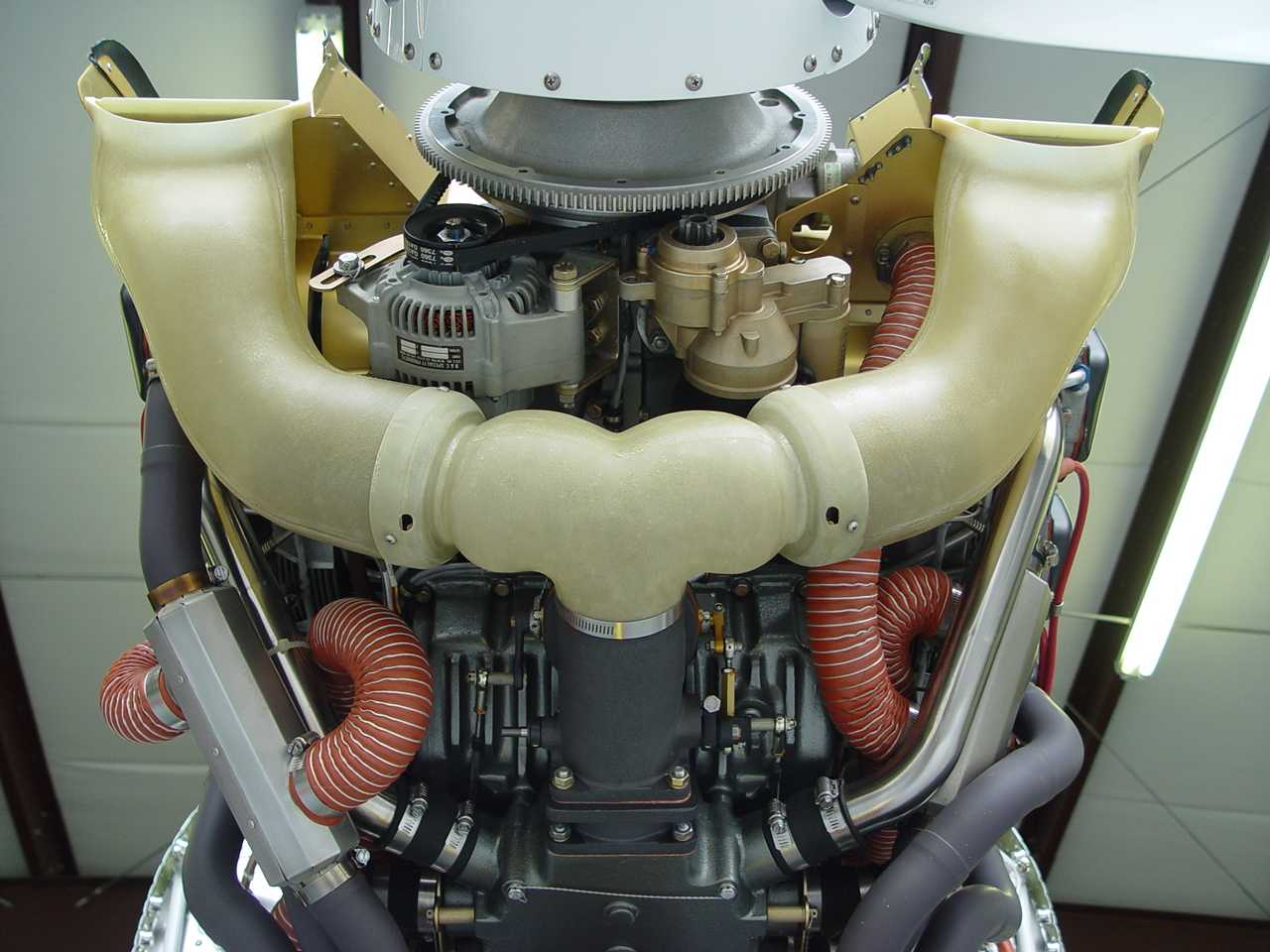The stock alt air design covers more scenarios, as it bypasses the filter. A possible scenario is complete filter blockage from something ingested, ice or just overloaded with debris. The alt air entry is in the lower cowl area and is well protected from ice and outside debris, so don't see how that can be obstructed when compared to something sitting out in the free stream air. Not saying that the approach you mention is bad, only challenging the fact that the alternative is no better.
Ok, we can play the what-if game, just for fun.
In the showplanes scenario you would need to block TWO 5" diameter inlets, separated by two feet, at the same time.
Admittedly, flying through a flock of birds could provide this scenario but it is highly unlikely, they would need to be large birds, and it would take TWO. With the standard cowl, it would only take one bird in the intake and alternate air may be available. Point is, if you figure a one bird direct hit on either cowl, air is likely still available in either situation.
Icing; encountering enough ice to block both inlets certainly is possible but I would submit that if you were in those conditions, you shouldn't have been anywhere near there to start with. Once again, possible but highly unlikely. In this case, we assume both cowlings encounter enough ice to obstruct the inlets. The win here goes to the stock cowl, as you said. Again, if you are in an area with that much ice, I would question the pilot more than the cowling design.
Debris. I am curious as to where one might find the amount of debris, in flight, that would obstruct the intakes...it would literally take a shovel full on each side. or in the case of the stock cowl, one shovel full. As far as plugging up the filters, the showplanes system uses standard K&N units. These are comparable to those used on many off road vehicles that operate in environments far "dirtier" than where our aircraft operate...and they still operate. Assuming you were able to plug the showplanes intakes, the stock cowl would also be plugged but alternate air may still be available.
I suppose you could make the point that volcanic ash could plug them up but again, why are you flying through an ash cloud? In this case, I see no advantage to the stock system either, in that opening the alternate air bypasses the filter and allows volcanic ash into the engine.
One final thought on the alternate air system on the stock cowl just to note that there have been some failures with the system over the years. The win here would go to the showplanes cowl which has no mechanical moving parts.
In summary, once again, there is no perfect system. There will always be an unacceptable failure mode. The good news in this discussion is that the risk of that mode occurring is very, very small, in either case.





